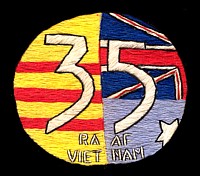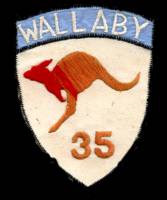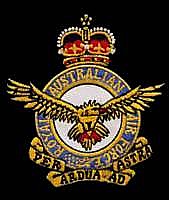
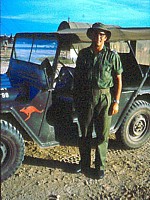
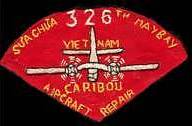
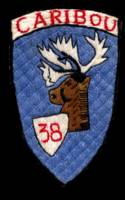
click on the badge
click on the badge

At the age of 18, Wally joined the Royal Australian Air Force. The following is part of a letter he wrote to Squadron Leader, Geoff Strange, it was to accompany his donation of his Squadron plaques to the Air Cadets.
"I joined the service in mid 1952 at the age of 18, in the era of Australia's involvement in the Korean War, and trained as an Airframe Mechanic. Over several years I worked at 21 (City of Melbourne) Squadron, No 1 AFTS at Point Cook and ARDU. I did not go to Korea.I then decided to improve my education and gain further engineering knowledge to further my prospects in the Air Force.After successful results the Air Force decided to help. They gave me a few hours off per week to travel from Point Cook (and later Laverton) to RMIT for the commencement of evening classes.
At the end of the 1960 study year, I was commissioned as an Engineer officer and after Officer Training School was posted as Engineer Officer to 1BFTS at Point Cook. It was a tough first posting, but I found it enjoyable.
Two years later in 1963, I was posted to Toronto in Canada to assume the post of RAAF resident Engineer at De Havilland to monitor the production and hand over of the RAAF Caribou's and their ferry to AustraliaThis was a two year posting and was a solo effort until the last four or so weeks when a WOFF came to help with the paper work. During this period the first Caribou's were diverted to Vietnam to later become 35 SQN. The first aircraft accepted and ferried had gone to 38 SQN, then to Richmond.
In August 1965, I was transferred to Australia and became Engineer officer at 38 SQN, in order to gain exposure to operational factors of maintenance of a group of Caribou in RAAF roles. I was told in advance that this experience was aimed at having me prepared for service in Vietnam and in July 1966 Vietnam was where I went.I took over as the Engineer Officer of 35 SQN for a year, with many challenges to be faced. In August there was the crash at "Ba To" Special Forces camp of A4 -173, with no casualties, but considerable Aircraft damage.I took a small team of tradesmen in and we spent 10-12 days making substantial (though not visually pleasing) repairs and reinforcing to render these aircraft capable of flight to a larger airport, then on to Vung Tau in the following days.It took about six months with the aid of a US subcontractor for the repair to be made. Vietnam was challenging as well as a little hazardous as you could not tell who would work with you one day and the next day become VC (Viet Cong).Aircraft and servicing crews were fixed upon and sometimes hit - one aircraft took hits with no casualties. Overcoming the challenges were technically satisfying and apart from the separation from wives and children it was also militarily satisfying.
In July 1967, I left Vietnam and traveled in a very full C-130 back to Richmond to again become an Engineer Officer.
Wal's sons - Stephen, Robin and Peter fondly remember the many letters received from their Dad from Vietnam.
I resigned and applied to several Government and private organizations and took a post at Hawker de Havilland where I was to serve for many years in Country Engineering as repair and overhaul contractor for the RAAF.After a few years I became Chief Engineer and later as Quality Manager, Aircraft Overhaul Manager and much more.I spent 24 years at de Havilland, 15 1/2 years in the permanent RAAF and stayed on strength in the General Reserve for another 15 years.
Not only was I involved in the projects mentioned above, I was also project manager for Macchi life of type extension; conversions of HS 748 aircraft to RAN EW trainers, Project Manager for HDH part manufacturing landing gear and hydraulic system elements for 18 F/A Hornet,and Project Manager for the licenses assembly in Australia of the Black Hawk helicopter. I retired in 1991 and toured Europe for two years with my wife, Desley.Two of my three sons, Robin and Peter, have been in the RAAF, Robin has retired and Peter moved into civilian engineering...while Stephen is disabled and a talented artist and website designer
15 years in the RAAF including Wallaby Airlines in Vietnam, 24 years with De Havilland, this is a brief biography of HW of Wal Solomons The piece is based around a draft for a speech that was never delivered. Former Flt. Lt. Solomons lost his battle with cancer and Parkinson's disease on 11th August 2004 in Mackay.
Bert Hipwell
His Father in Law
Clarence Solomons
(his father)
The Battle to save
Caribou A4-173
Home
